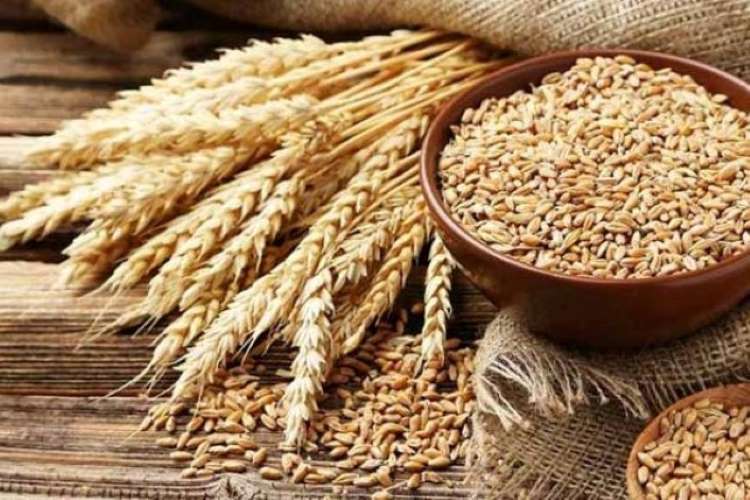The government is reinstating stock holding limits on wheat to stabilise prices and prevent hoarding. This limit which affects retailers, wholesalers, processors, and large chain stores will be in place until March 31, 2025. However, wheat is subject to a 40% import duty, with the effective duty reaching 44% due to additional cesses and surcharges. This measure has been implemented due to expectations of a bumper wheat harvest exceeding 112 million tonnes is expected in FY24.
Union food secretary Sanjeev Chopra confirmed that the country is not facing a wheat shortage, as the government holds sufficient reserves to meet all needs. Nonetheless, imposing a limit on wheat stocks is intended to enhance supplies, prompted by recent reports of rising prices for essential commodities, including wheat. Inflation for wheat was recorded at 6.53% year-over-year in May, but due to record sales of 10 million tonnes of wheat from Food Corporation of India (FCI) stocks since August 2023, inflation has remained in the single digits.
READ | MSME funding: Govt may set up specialised bank to bridge gap
Wheat stocking limits
In 2022, the government also imposed an export ban on wheat, which is unlikely to be lifted soon. Current regulations allow traders and wholesalers to stock up to 3,000 tonnes, while retailers and large chain stores may store 10 tonnes at each outlet and up to 3,000 tonnes across all depots. Grain processors are permitted to retain 70% of their monthly installed capacity, multiplied by the remaining months of the 2024-25 financial year.
To ensure adherence, the government requires all entities involved in wheat storage to report their stock levels regularly and update this information on a portal managed by the department of food and public distribution. Those exceeding the limits must comply within 30 days.
Despite expectations of robust wheat procurement this season, lower yields in Madhya Pradesh — attributable to unusually warm winters affecting the harvest — have led to a price increase of Rs 2 per kg for wheat and wheat flour compared to last year.
Additionally, the government recently set stock holding limits on tur dal, reducing prices by Rs 50-200 per quintal. They are also optimistic about managing onion prices, bolstered by good stock levels and a planned increase in Kharif onion cultivation from 285,000 hectares to 353,000 hectares, which should enhance supplies during festival seasons.
Food Procurement in India
Food procurement is a crucial policy area in India, serving dual purposes: ensuring fair prices for farmers through Minimum Support Prices (MSP) and securing food availability. It supports the government in maintaining buffer stocks essential for food security and meets the requirements of the Targeted Public Distribution System (TPDS).
Procurement operations are conducted by the Food Corporation of India (FCI) and other state government agencies, based on MSPs announced by the Ministry of Agriculture. The government procures grains to fulfil commitments under the National Food Security Act and other schemes. Under the Pradhan Mantri Garib Kalyan Anna Yojana (PMGKAY), it provides 5 kg of free food grains monthly to approximately 80 million impoverished individuals.
While India’s food grain procurement system is vital for national food security, it has faced criticism from the World Trade Organisation (WTO). Some WTO members have accused India’s rice procurement for the Public Distribution System (PDS) of aiming to dominate the export market rather than serving domestic needs, thus distorting global food prices and impacting other nations’ food security.
India contests these allegations, arguing that its support, estimated at 13.7% based on outdated calculations, remains within WTO limits. The government insists on a solution that recognises the importance of food security programs and defends its minimum support price and food distribution strategy as a crucial agreement with its farmers and citizens. This stance is underscored by the fact that many developed nations, including the US and EU, offer significantly higher farm subsidies.

